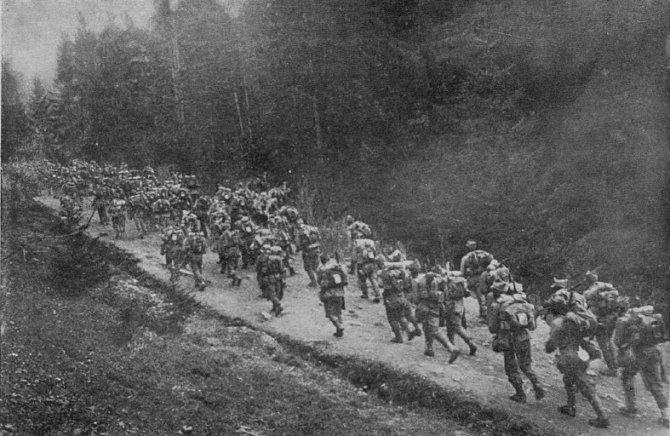Valea Ierii and the First World War
Throughout Romania, in 1914, a militarized regime was introduced, and production was entirely subordinated to the war effort. Grain, animal, forage, and wool requisitions became oppressive starting in 1916, when the Hungarian parliament passed laws prohibiting the sale of products. By 1917, shortages for both the army and the population had worsened. Requisitions became the main cause of famine among the population, price hikes, and growing speculation. Discontent began to surface sporadically towards the end of 1916 and into the following year. At the beginning of 1918, deserters from the army formed armed bands in the mountains, active in our area, known as "green companies." These detachments were armed and acted against oppression.
During the 1918 revolution, peasants attacked and destroyed everything representing the Austro-Hungarian regime. The house of Count Iuliu Andrassy and the lumber factory were destroyed, leaving many locals without a source of income until 1929, when the factory resumed operations.
On December 1, 1918, the union voted by the representatives of the Romanians from Transylvania marked the conclusion of the process of formalizing the Romanian state. According to local accounts, it appears that Valea Ierii had representatives at this assembly: priest Iuliu Sasu and teacher Copil Vasile.





